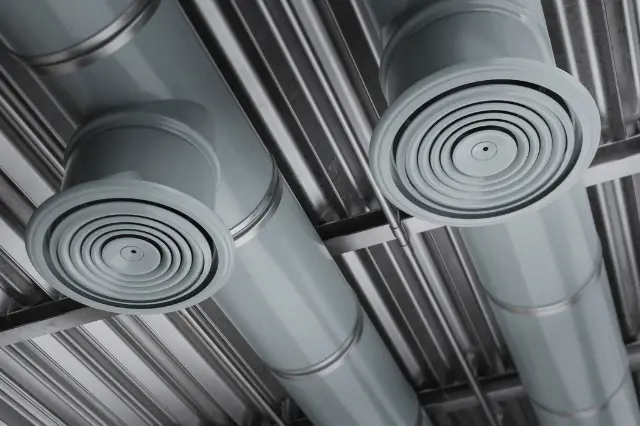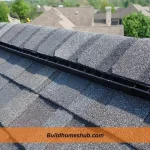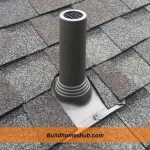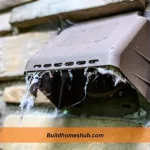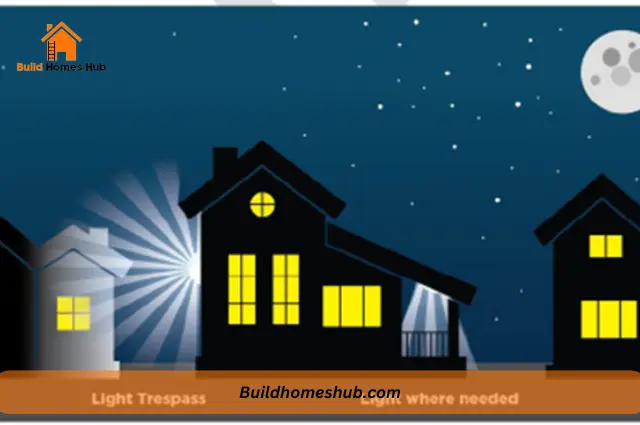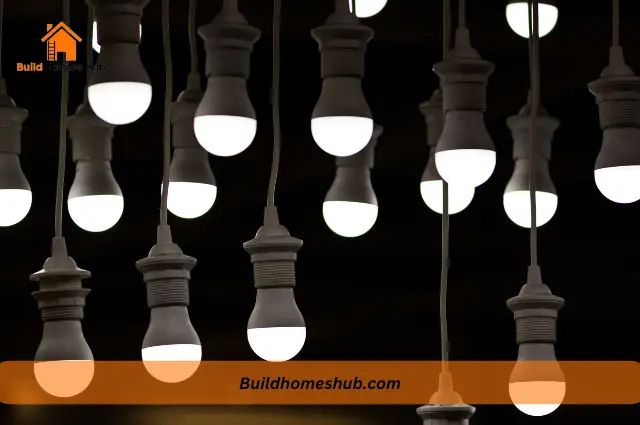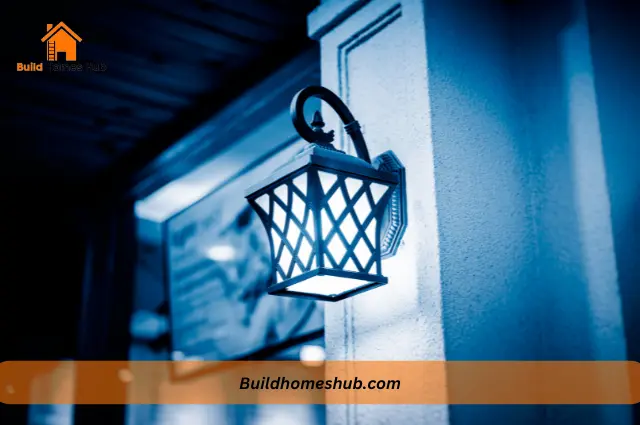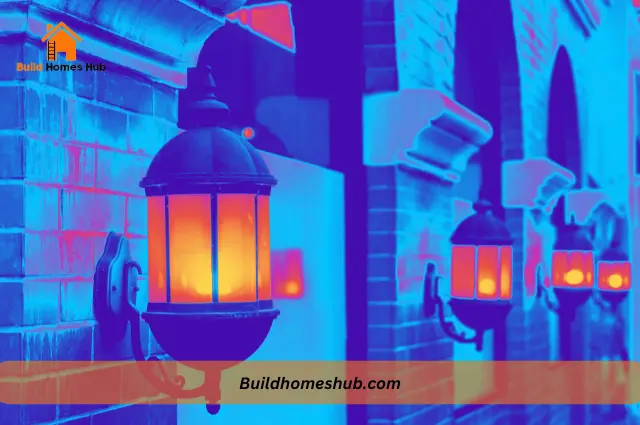The design and functionality of plumbing systems are critical aspects of modern construction and home maintenance. A key component of these systems is the plumbing vent, also known as a vent stack. It plays a pivotal role in ensuring the smooth operation of the plumbing system.
The question of whether plumbing vents need to be straight is not just a matter of structural aesthetics but impacts the efficiency and effectiveness of waste and gas expulsion from a building’s plumbing system. This article delves into the necessity of straight plumbing vents, highlighting the technical and practical reasons behind this design preference.
Do Plumbing Vents Have to Be Straight?
Plumbing vents do not always have to be straight but must adhere to certain regulations for proper functioning. They should extend vertically to carry sewer gases out of the home and provide air pressure balance for proper drainage. However, bends or angles are permissible if they don’t restrict airflow and conform to local building codes.
For instance, a 45-degree bend is typically acceptable, but sharp 90-degree bends are often avoided to prevent blockages. It’s crucial to follow the specific code requirements in your area to ensure the venting system operates effectively and safely.
Why Should PlumBing Vents be Straight?
1. Optimal Airflow
Straight plumbing vents ensure optimal airflow, which is crucial for maintaining the right air pressure in the drainage system. When vents are straight, they allow air to flow smoothly and continuously. This unobstructed airflow is necessary to balance the pressure in the pipes, preventing the siphoning of trap seals and ensuring that wastewater flows properly without gurgling or slow drainage issues.
Any bends or curves in the venting can potentially restrict this airflow, leading to pressure imbalances that affect the functionality of the entire plumbing system.
2. Prevention of Blockages
Straight vents significantly reduce the risk of blockages. Bends or sharp angles in the vent can become points where debris or condensation accumulates, leading to clogs. In colder climates, bends in vents can cause water vapor to condense and freeze, creating ice blockages.
Straight vents allow any debris or condensation to fall back into the drainage system, minimizing maintenance issues. Consistently clear vents are essential for the long-term reliability and efficiency of the plumbing system.
3. Easier Installation and Inspection
Straight vents are simpler to install and inspect. A direct path from the fixture to the outside of the building is easier to plan and requires fewer materials and joints. This simplicity also extends to inspections and maintenance; straight vents are easier to access and assess for compliance with building codes and standards. This straightforward design reduces the time and cost involved in installation and ongoing maintenance.
4. Reduced Noise
Plumbing vents that are straight are typically quieter. Bends in the venting can cause turbulence as air moves through them, leading to increased noise. This noise can be particularly noticeable in quiet environments or at night. Straight vents ensure a smoother flow of air, minimizing noise and reducing potential disturbances in residential or commercial buildings.
5. Compliance with Building Codes
Straight plumbing vents are often a requirement of building codes. These regulations are in place to ensure that plumbing systems are safe, efficient, and reliable. Adhering to code requirements by installing straight vents helps ensure that the plumbing system will pass inspections and not cause any legal or regulatory issues. While some codes may allow for certain angles, adhering to the straightest possible path often simplifies compliance.
Conclusion
While plumbing vents do not necessarily have to be perfectly straight, adhering to a straighter path offers several significant advantages. These include optimal airflow, prevention of blockages, ease of installation and inspection, reduced noise, and compliance with building codes. Understanding the importance of these factors helps in appreciating why straight vents are generally preferred in plumbing systems.
I like to think I can help you with all the information you need on home renovations and DIY tips. You should subscribe.

